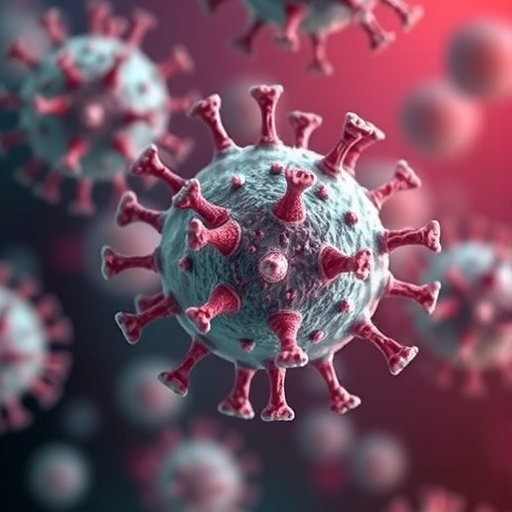Researchers from Aarhus University and Aarhus University Hospital have succeeded in using mice with a transplanted human immune system to study functions in the immune system which are otherwise particularly difficult to study
Researchers from Aarhus University and Aarhus University Hospital have succeeded in using mice with a transplanted human immune system to study functions in the immune system which are otherwise particularly difficult to study. The method could turn out to be important in further research into e.g. cancer, HIV and autoimmune diseases.
When it comes to research, there can certainly be a long way from mice to humans. So, what are researchers to do when they need to study the immune system’s convoluted response when it meets serious diseases, but can’t give trial subjects diseases such as HIV, cancer or psoriasis so they can study how the body reacts?
Researchers at Aarhus University and Aarhus University Hospital have succeeded in transplanting human stem cells into mice whose own immune system is disabled, and then triggering a type of reaction in the immune system which normally reacts to meeting a range of viruses and bacteria. These reactions are partly controlled by the protein STING (the stimulator of interferon genes), which can recognise the DNA of foreign microorganisms in infected cells and signal to the immune system that it should react to this and defend the body. The protein plays a role in connection with e.g. cancer, a number of autoimmune diseases such as lupus and psoriasis, and also with viral and bacterial infections.
“The humanised mice are an important tool in understanding how human immune cells behave during diseases and how they react to different medical treatments. So being able to show that it’s possible to study human STING in mice is an important step. We hope this will lead to better research into diseases that are related to STING,” explains Anna Halling Folkmar Andersen, PhD student at the Department of Clinical Medicine at Aarhus University and one of the researchers behind the study, which has just been published in the scientific journal Immunology.
Hope for new treatments
STING is a central part of the innate immune system, and many researchers are currently looking closely at the protein.
“Within inflammatory research, STING is currently one of the great hopes. Around the world, researchers are working to understand how STING works, so it will be possible to utilise it in the development of a range of new treatments for a wide range of diseases,” says Anna Halling Folkmar Andersen.
Autoimmune diseases such as psoriasis and lupus are characterised be an overactive immune system and excessive STING activity, which is why researchers might be interested in studying the effects of curbing STING. On the other hand, others hope to be able to activate STING in cases of cancer diseases, as it could help to fight tumours more effectively. This is because the immune system becomes exhausted by cancer diseases, meaning that STING does not fight the disease by itself and therefore may need a boost in the form of immunotherapy to fight the disease.
###
Background for the results:
- The study was carried out on mice with severely weakened immune systems which had human stem cells taken from the umbilical cord transplanted.
- The study was conducted in collaboration with the Department of Biomedicine at Aarhus University.
- The study is financed by Aarhus University Hospital, the Aarhus University Research Foundation and the Lundbeck Foundation.
- Read the article “cAIMP administration in humanized mice induces a chimerization-level-dependent STING response” in Immunology.
Further information
PhD student Anna Halling Folkmar Andersen
Aarhus University, Department of Clinical Medicine
Tel.: (+45) 2826 6946
Email: [email protected]
Media Contact
Anna Halling Folkmar Andersen
[email protected]
http://dx.




